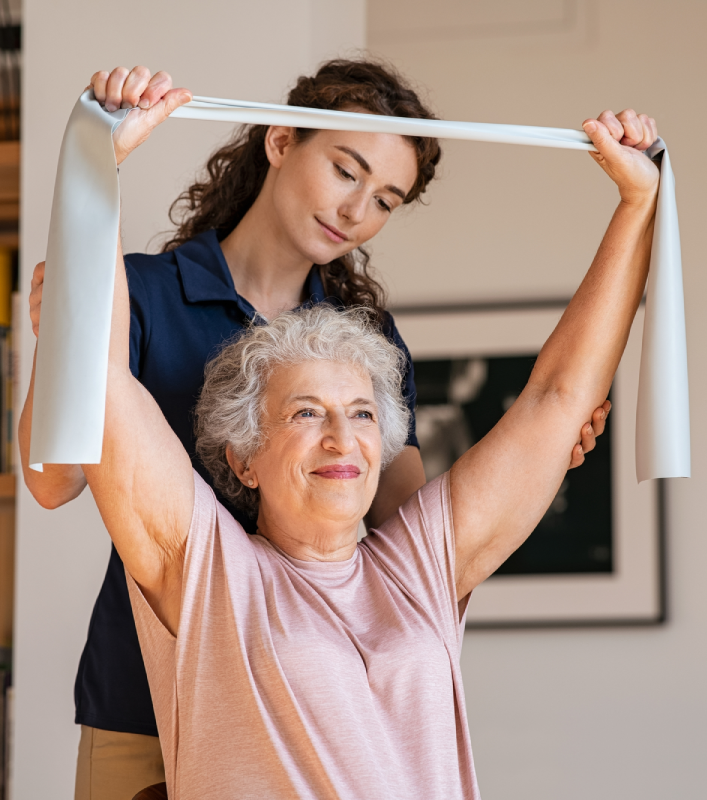Schedule A Tour
Aston Gardens Locations

Aston Gardens At Parkland Commons
9401 Aston Gardens Court
Parkland, FL 33076
Leasing & Sales: 954.662.0953
All Other Inquiries: 954.340.1908

Aston Gardens At Pelican Pointe
1000 Aston Gardens Drive
Venice, FL 34292
Leasing & Sales: 941.216.2849
All Other Inquiries: 941.240.1010

Aston Gardens At Pelican Marsh
4800 Aston Gardens Way
Naples, FL 34109
Leasing & Sales: 239.215.3356
All Other Inquiries: 239.593.1923

Aston Gardens At Tampa Bay
12951 W Linebaugh Ave
Tampa, FL 33626
Leasing & Sales: 813.336.2114
All Other Inquiries: 813.855.2811

Aston Gardens At Sun City Center

Aston Gardens At The Courtyards
231 Courtyards Boulevard
Sun City Center, FL 33573
Leasing & Sales: 813.445.6815
All Other Inquiries: 813.633.2378

Living at Aston Gardens
Welcome to the home of award-winning senior living in Florida. Aston Gardens offers exceptional senior living. Our world-class senior living communities feature resort-style amenities and luxurious apartment homes. Our remarkable team members provide concierge-level services, and we offer advanced health and wellness programs for discerning seniors seeking an enriched lifestyle. Explore our website and visit our community pages for a detailed listing of the luxuries, amenities, and professional services we offer. Then contact one of our senior lifestyle counselors and make an appointment for a personal tour. You’ll be impressed from the minute you walk through the door.
Exclusive Lifestyle Programs
.png?width=225&height=104&name=Celebrations-Lifestyle-Logo_Blue-300x138%20(1).png)

.png?width=230&height=104&name=Connections-Lifestyle-Logo_Green-300x137%20(1).png)

.png?width=200&height=105&name=Expressions-Lifestyle-Logo_Red-300x158%20(1).png)
